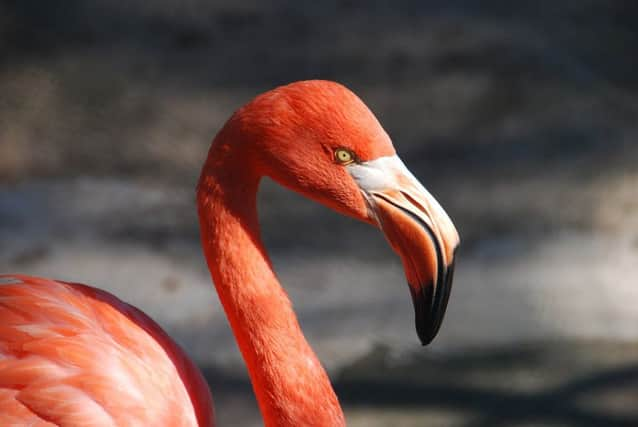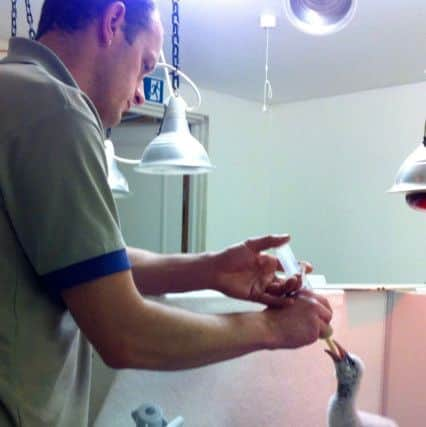New project in Borders '˜could rear flamingos'


Biologist Owen Joiner and his partner Mark Hailley, a potter, share a passion for birds and have devoted much of their lives to conservation. Their latest undertaking is to turn their property in Oxton, near Lauder, into a haven for rare and exotic birds that is open to the public.
Since moving in two years ago they have built a fox-proof fence, planted 700 trees and created ponds. The site is already home to more than 300 birds, including emus, ducks, parrots and lovebirds.
Advertisement
Hide AdAdvertisement
Hide AdNow they plan to establish a flock of rare Chilean flamingos to help safeguard the survival of the species, which is globally threatened. They hope to raise up to 60 of the iconic pink birds, which will mean providing hatchlings with food on demand, specialist lighting and a strict exercise regime to ensure they grow up healthy.


“It’s not an easy task,” according to Joiner. “The chicks require syringe-feeding every two hours, mimicking the way both parents would feed them.
“We’ll have to hand-feed them for around three months, then after that it’s a case of keeping them clean, keeping them fed and exercising them.
“It’s crucial to exercise them or their legs don’t grow properly – we will literally take them for walks.”
Joiner’s obsession took off when he was given six chickens for his sixth birthday. He has since worked as a field scientist in Asia, Africa and central America and as a keeper with the Wildfowl and Wetlands Trust and Edinburgh Zoo.


He says the birds, which stand over a metre tall and live for up to 60 years, cope well with the Scottish weather once they reach adulthood. But eggs laid late in the season in UK zoos are usually discarded because low sunlight affects chicks’ development and can lead to bone deformities. These unwanted eggs will form the basis of the Oxton flock.
He says: “All the animals we keep have been selected carefully. A lot of species need help, but we have picked ones that can cope with the Borders climate.”
The next step is to raise £4,000 for equipment needed to create a hatchery and rearing unit. To do this they have launched a crowd-funding campaign.
Advertisement
Hide AdAdvertisement
Hide AdJoiner adds: “We have the skills, the experience and the dedication – what we don’t yet have is the rearing facility, and this is what we’re asking for help with.”
• To donate please check out the crowdfunding page: https://www.crowdfunder.co.uk/flamingo-chick-rearing-facility-/